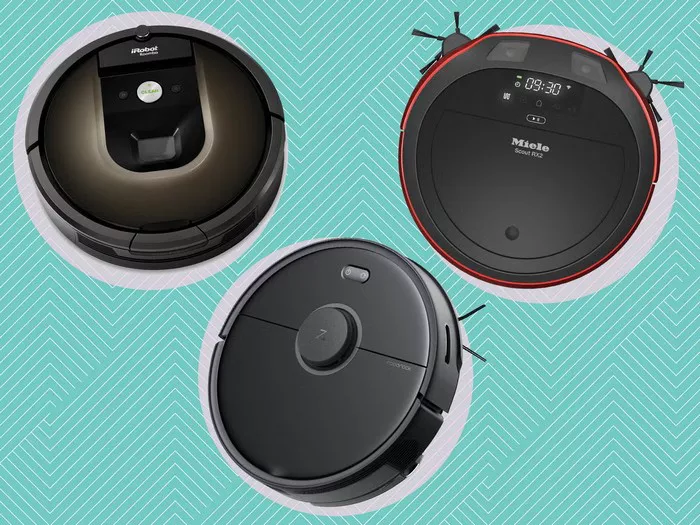Have you ever wondered if the wattage of a vacuum cleaner is the ultimate measure of its cleaning power? Prepare to be surprised – wattage alone doesn’t tell the whole story. In this article, we’ll explore the intricate factors that truly determine a vacuum cleaner’s performance.
Wattage, often highlighted on vacuum cleaner labels, primarily indicates electrical consumption rather than cleaning ability. While wattage can provide some insight into a vacuum’s power, it’s only one piece of the puzzle.
Beyond the Watts: Unveiling Key Performance Factors
See also: Where to Vacuum Your Car: A Comprehensive Guide
Suction Power (Air Watts):
Define air watts: Air watts measure a vacuum cleaner’s actual suction power, considering factors like airflow and sealed suction. Unlike wattage, which only indicates electrical consumption, air watts reflect the machine’s effectiveness at lifting dirt and debris from surfaces.
Highlight importance: Air watts offer a more accurate gauge of a vacuum’s suction strength. Higher air watts generally translate to better cleaning performance, particularly on carpets and upholstery where deep suction is crucial.
Floor Type and Cleaning Needs:
Different floor surfaces, such as carpet, hardwood, or tile, demand varying levels of suction power. While carpets require strong suction to lift embedded dirt, hardwood floors may benefit from gentler suction to avoid scratching.
Discuss variations: Factors like pet hair or allergies can also influence suction needs. For pet owners or allergy sufferers, a vacuum with strong suction and effective filtration is essential for thorough cleaning and allergen removal.
Additional Features:
While wattage may grab attention, it’s essential to consider additional features that contribute to overall cleaning performance. Features like brushrolls, specialized attachments for crevices and upholstery, and advanced filtration systems can significantly enhance a vacuum cleaner’s effectiveness.
Wattage Ranges and Vacuum Types
Understanding the wattage ranges associated with different vacuum types can help users make informed decisions based on their cleaning needs.
Upright Vacuums: Typically range from 600 to 2000 watts. Ideal for deep cleaning carpets and large areas due to their powerful suction and wide cleaning paths.
Canister Vacuums: Wattage ranges between 600 and 1500 watts. Versatile and suitable for various floor types, canister vacuums offer maneuverability and often come with a range of attachments for specialized cleaning tasks.
Stick Vacuums: Lower wattage, usually between 200 and 1000 watts. Designed for quick cleanups and light-duty tasks, stick vacuums are lightweight and convenient for everyday use.
Making the Right Choice: Prioritize Needs Over Wattage
While wattage can provide a general indication of a vacuum’s power, it’s crucial to prioritize your specific cleaning requirements over wattage alone. Consider factors such as:
1. Floor type: Choose a vacuum with appropriate suction power for your flooring surfaces.
2. Features: Look for features like brushrolls, attachments, and filtration systems tailored to your cleaning needs.
3. Weight and maneuverability: Consider the vacuum’s weight and ease of maneuvering, especially if you have multiple levels in your home.
4. Noise level: Evaluate the vacuum’s noise level, particularly if you have noise-sensitive household members or neighbors.
Conclusion
See also: How Does a Wet Dry Vacuum Work: A Quick Guide
In conclusion, when selecting a vacuum cleaner, remember that wattage isn’t the sole indicator of performance. Focus on factors like air watts, floor type, and additional features to ensure optimal cleaning results.
By prioritizing your specific cleaning needs and considering factors beyond wattage, you can make an informed decision that results in a vacuum cleaner perfectly suited to your home and lifestyle.
Lastly, keep energy efficiency in mind when choosing wattage. Opting for a vacuum with lower wattage but effective cleaning performance can contribute to both environmental sustainability and cost savings in the long run.
Make your next vacuum purchase a well-informed one, tailored to your individual needs and preferences. Happy cleaning!

